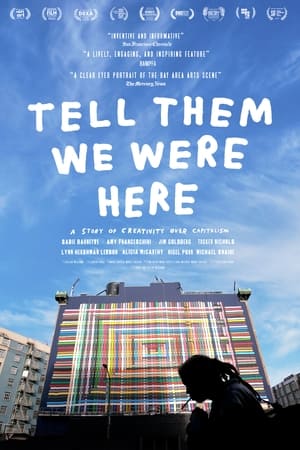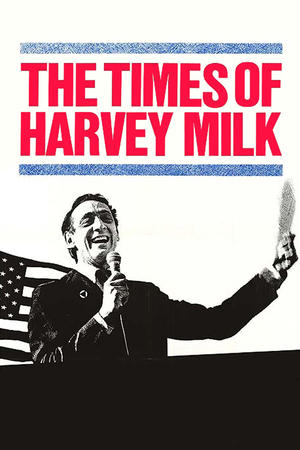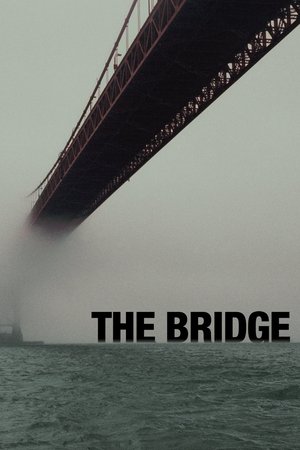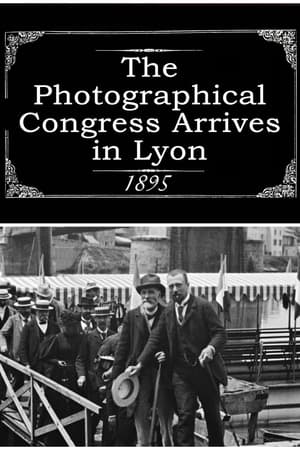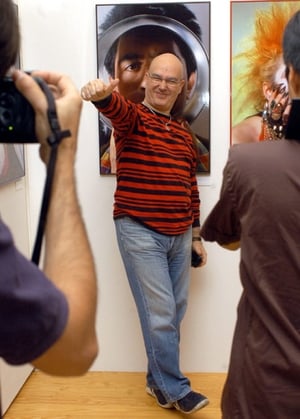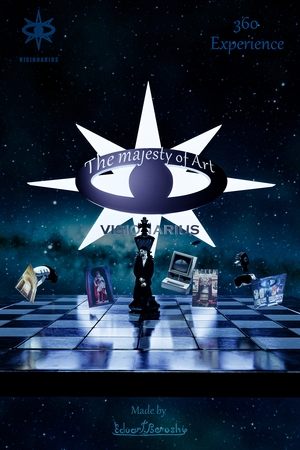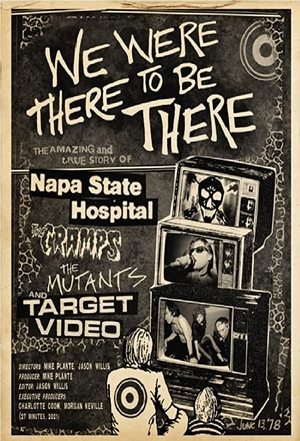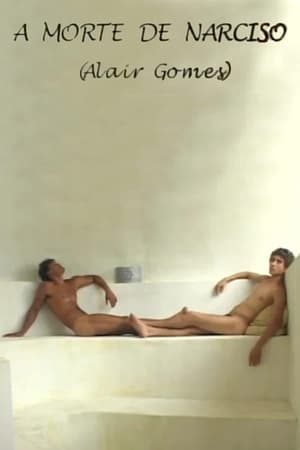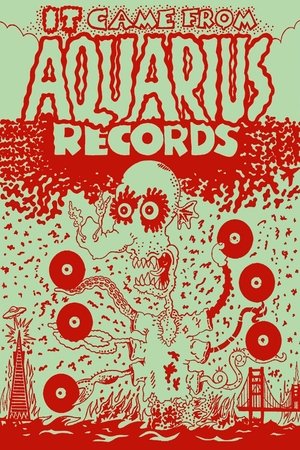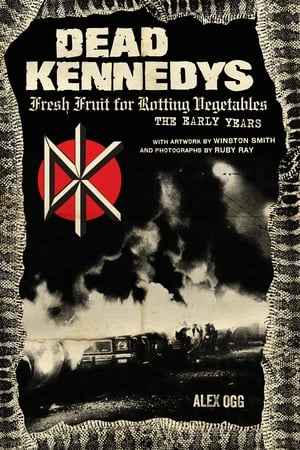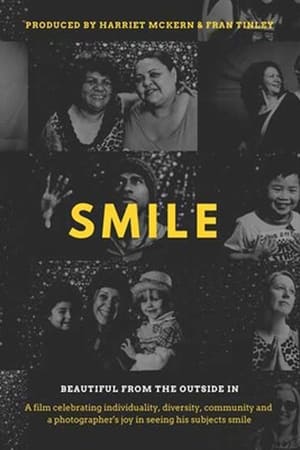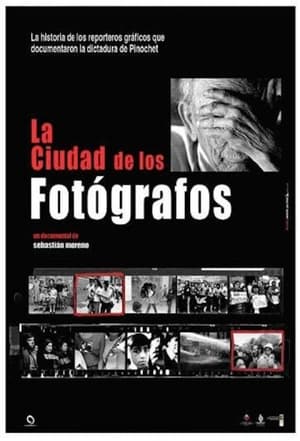Overview
After a long career as a commercial and portrait photographer, mischievous San Francisco artist Michael Jang sat for decades on a hidden treasure of pictures taken in his 20s—both candid celebrity shots and a down-to-earth cross-section of Chinese American family life rarely captured so playfully. Then, during the pandemic, Jang set out to share his work with the world, street guerilla-style.

 42 min
42 min
 0
0
 2024
2024
 USA
USA



